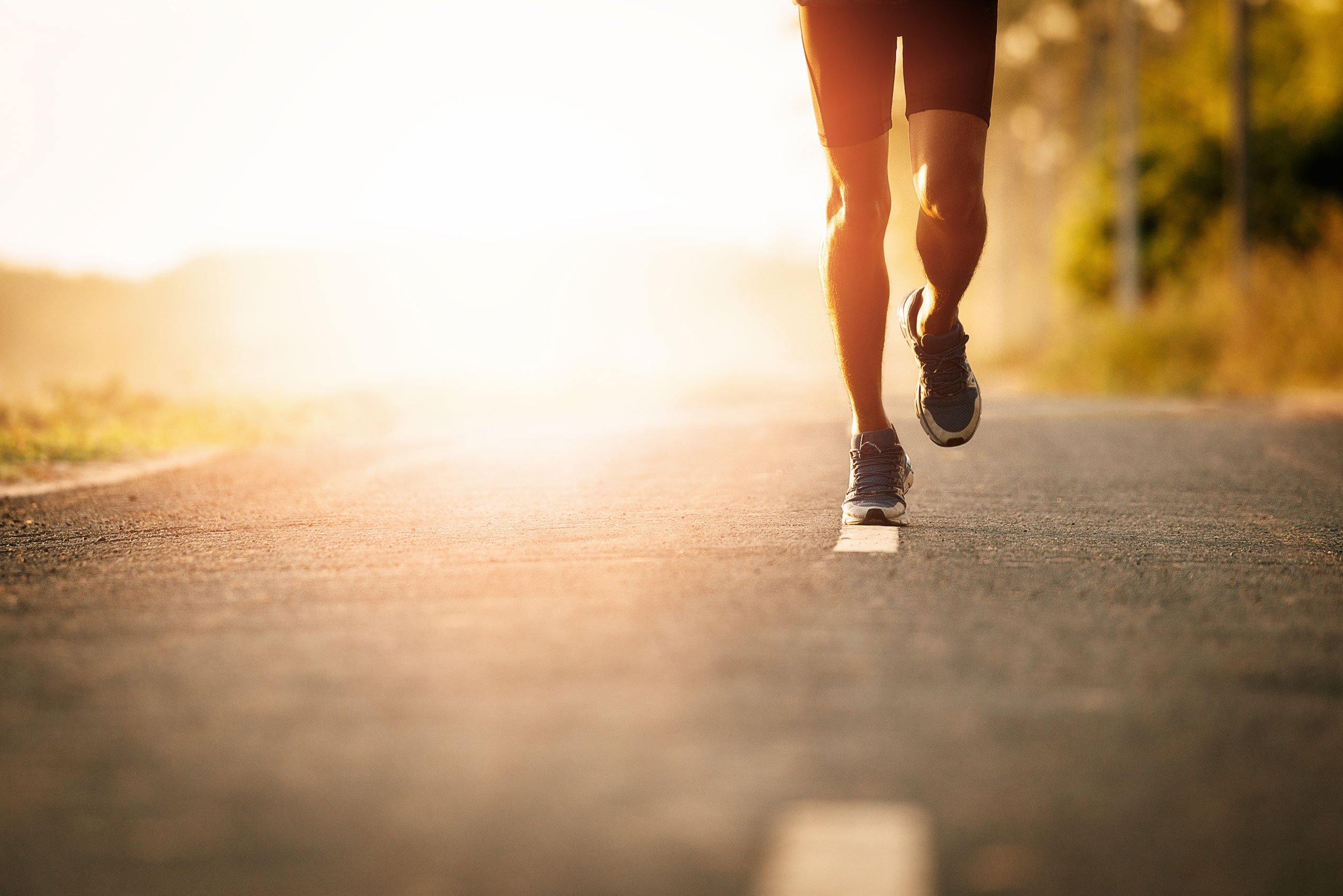
CBD & Exercise | Part I
WRITTEN BY DR. SWATHI
Quarantine has really opened our eyes to what is most important: our family, our friends, our dreams and our health. In the new normal, you are probably wondering how CBD can fit into your routine. When prioritizing your health, CBD can be an incredible addition to your workout routine. Read on to see why!
As a western-trained pharmacist, my unconventional curiosity of thinking outside the expected scope of my practice to promote overall health and wellness has led to integrative medicine and medical cannabis. For chronic disease state management, integrative health modalities emphasize the importance of lifestyle factors including nutrition, stress management, sleep care and, of course, exercise.
It is widely known and accepted that physical activity can cause an altered state of consciousness and mental status. To discuss the relationship of physical activity and CBD, it is important, first, to understand the importance of our endocannabinoid system (ECS) that plays a vital role in the regulation of psychological and cognitive processes to promote overall homeostasis, or balance, in the body. Not only can you consume cannabinoids from the cannabis plant (eg. phytocannabinoids such as CBD and tetrahydrocannabinol (THC)), the body also synthesizes its own cannabinoids also known as endocannabinoids (eg. anandamide (AEA) and 2-arachidonoylglycerol (2-AG)).
Many studies have shown that in response to acute exercise at any intensity, the amount of circulating AEA increases, however, the data is inconclusive about the impact of exercise on 2-AG; as an example, a study with male college students using the treadmill or cycling at moderate intensity reported a dramatically increased plasma concentration of AEA, but no change of 2-AG (1). In contrast, a study that compared the active versus passive ascent of a mountain (hikers and helicopter rides, respectively) reported that there was a three-fold increase in AEA, but also a slight increase in 2-AG plasma levels in the active ascent group, while there was no significant change of AEA nor 2-AG in the other group.
Let’s explore the dynamic between CBD and physical activity through the “endorphin hypothesis” when it comes to the infamous ‘runner’s high’ (2). Ongoing research is investigating the exact mechanism of action of the runner’s high, however, it is suggested that it could be a result of an increase in the endocannabinoid, anandamide (AEA). The misconception that the ‘runner’s high’ is from a release of endorphins stems from the “endorphin hypothesis” in which researchers found that blood levels of endorphins increased after exercise. However, that relationship is a correlation rather than a causation (3). The missing link is that endorphin molecules themselves are too large to fit into the blood-brain barrier and therefore could not induce the feelings we associate with the runner’s high. Unlike endorphins, endocannabinoids are highly lipophilic and are smaller in size which allows them to more easily cross the blood-brain barrier and produce the rush of euphoria and inner peace.
Beyond the brain, it is postulated that AEA works in other parts of the body influencing an individual capacity for physical activity. AEA can have positive effects directly in the muscle and could therefore improve glucose uptake and cellular energy production (4). Studies show that patients with regular exercise regimens have higher endocannabinoid tone, in comparison to those with a sedentary lifestyle (5), while other studies show that a normalized exercise schedule may not influence ECS activity. More studies are needed to determine their relationship, there is an undeniable intrinsic connection between exercise to the functionality of many organ systems, meaning that an increase in AEA from physical activity could impact long-term metabolic health, sport performance and even overall mood.
For information about how CBD and exercise can influence emotional well-being, check out CBD & Exercise: Part II coming soon!
Resources
- Sparling PB, Giuffrida A, Piomelli D, et al. Exercise activates the endocannabinoid system. Neuroreport 2003;14:2209–11.
- Feuerecker M, Hauer D, Toth R, Demetz F, et al. Effects of exercise stress on the endocannabinoid system in humans under field conditions. Eur J Appl Physiol 2012;112:2777–2781.
- Dietrich A, McDaniel WF. Endocannabinoids and exercise. Br J Sports Med 2004;38(5):536-541.
- Heyman, E, Gamelin, FX, Aucouturier, J, Marzo, VD. The role of the endocannabinoid system in skeletal muscle and metabolic adaptations to exercise: Potential implications for the treatment of obesity. Obes Rev 2012; 13, 1110–1124.
- Gasperi V, Ceci R, Tantimonaco M, Talamonti E, et al. The Fatty Acid Amide Hydrolase in Lymphocytes from Sedentary and Active Subjects. Med Sci Sports Exerc 2014; 46, 24–32.











